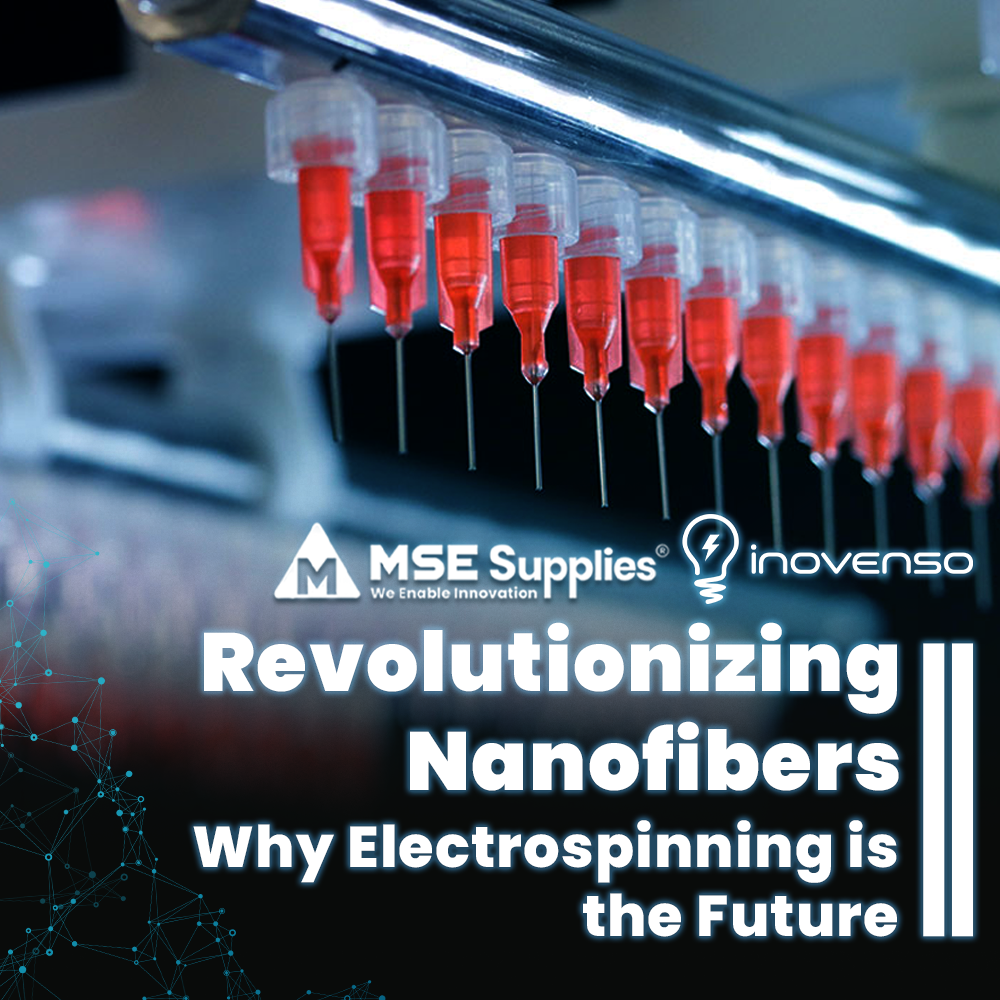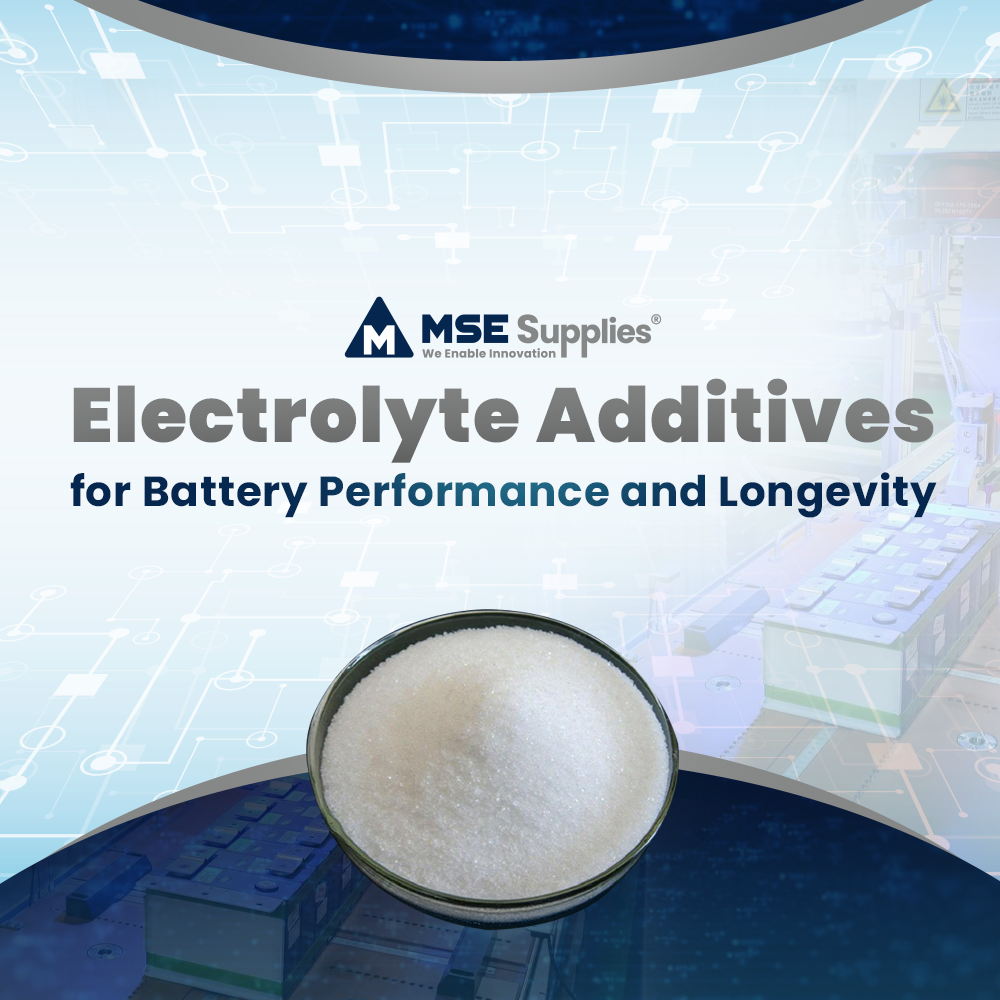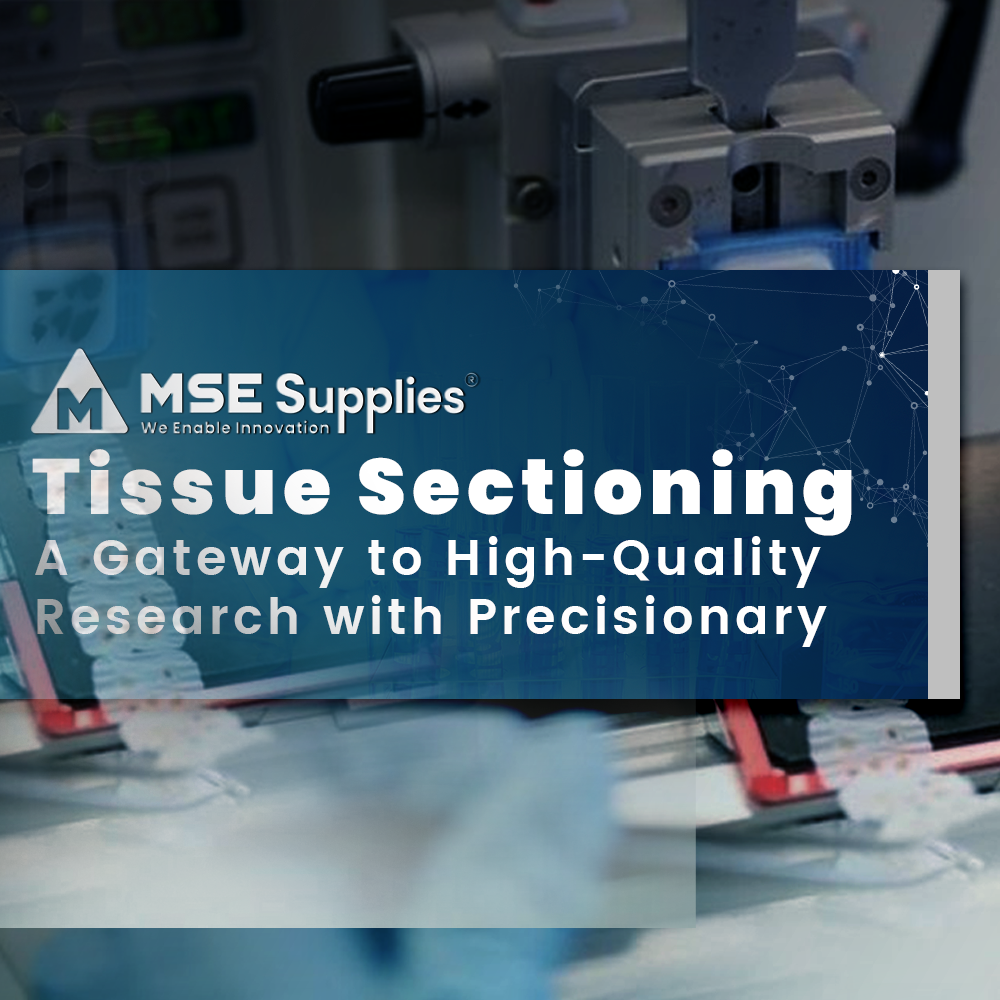Understanding Vacuum Technology with Pfeiffer Vacuum
Posted by Joem Viyar on

The need for high-precision and high-reliability vacuum systems has continually increased in various industries such as semiconductor manufacturing, advanced material processing, scientific research, etc. They are very important in making critical processes possible since they produce controlled low-pressure environments. In response to this growing demand for further sophisticated vacuum solutions, MSE Supplies would like to present Pfeiffer Vacuum to its portfolio. Demonstrating complete technology and innovation, Pfeiffer Vacuum holds the top rating within the manufacturing of a wide array of high-performance vacuum pumps and solutions.
Basics of Vacuum Pumps
A vacuum pump is defined as equipment created to provide low-pressure or partial vacuum by evacuating the gaseous molecules within the enclosed area space. In this regard, when people talk about a vacuum, they mean a partial vacuum, or a pressure below the atmospheric or pressure in other systems nearby, while an absolute vacuum does not contain any gaseous particles and its pressure is equal to 0 Pa.
The operation of the vacuum pumps is very much tied to atmospheric pressure which refers to the weight of the air molecules pressing down above the surface of the Earth. This pressure decreases with altitude and also affects the pump performance immensely. It also prevents molecules applying pressure from accumulating in one particular region because it is sensitive and automatically directs pressured molecules to less pressed areas hence useful to the pump in developing and sustaining a vacuum.
Temperature, humidity and altitude of the environment in which the vacuum pumps are used affect the energy utilization rates of the vacuum pumps. For instance, high pressure will improve the efficiency of the pump while low ones diminish it at higher altitudes.

Types of Vacuum Pumps and Their Operating Principles
Vacuum pumps operate by leveraging different mechanisms, often influenced by the type of flow present in the system. The types of flow—viscous flow, transitional flow, and molecular flow—depend on the pressure and density of gas molecules within the vacuum chamber.
-
Gas Transfer Pumps
These pumps operate by moving gas molecules out of the chamber using either mechanical motion or high-speed rotors: -
Positive Displacement Pumps:
Effective in the viscous flow regime, where gas molecules collide frequently with each other. These pumps cyclically expand and contract a chamber to move gases and are commonly used in low to medium-vacuum applications. Examples include rotary vane pumps and diaphragm pumps. -
Momentum Transfer Pumps:
Ideal for the molecular flow regime, where gas molecules rarely collide with one another but interact with the chamber walls. These pumps, like turbomolecular pumps, accelerate gas molecules to a high velocity, creating a vacuum suitable for high and ultra-high vacuum levels. -
Entrapment Pumps
Designed for high and ultra-high vacuum applications, these pumps rely on mechanisms to capture gas molecules: - Cryopumps: Condense gas molecules onto cold surfaces.
- Ion Pumps: Use electric fields to ionize and trap gas molecules.
- Sorption Pumps: Employ adsorbent materials to trap gases.
The transition between these flow regimes dictates the type of pump or combination of pumps needed for a given application. For example, in ultra-high vacuum setups, momentum transfer pumps like turbopumps are paired with positive displacement pumps for optimal efficiency.
Importance of Flow Types
- Viscous Flow: Common in low vacuum ranges, where mechanical pumps (e.g., positive displacement) are most efficient.
- Transitional Flow: A mix of viscous and molecular behaviors. Pumping efficiency may vary, requiring specialized hybrid systems.
- Molecular Flow: Found in high vacuum ranges, where momentum transfer or entrapment pumps excel.

Pfeiffer Vacuum: A Leader in Vacuum Technology
The company has its origin from 1890 and is known for providing vacuum and fabrication solutions which make it a key manufacturer in the world. Pfeiffer has gained fame for the invention of the turbopump, and the firm offers high-tech products for analytical, industrial, research and development, semiconductor and future technology market segments. Key features of Pfeiffer Vacuum pumps include:
- Advanced Design: Optimized for energy efficiency and exceptional performance.
- High Reliability: Built with robust materials to ensure durability in even the most demanding environments.
- Innovative Technology: Featuring hybrid and magnetically levitated turbopumps for precision and cleanliness.
Pfeiffer Vacuum’s enduring commitment to excellence and cutting-edge innovation positions it as a trusted partner for industries worldwide.
The necessity of vacuum technology is integral to multiple industries just as it is crucial for the development of the areas of scientific investigation, material production, and semiconductor production. To choose the right solution in a given application, is important to understand the principles and operation of vacuum pumps. Depending on the type of vacuum, innovative designs are still unique to Pfeiffer Vacuum while clients are provided with efficient vacuum systems for different uses. When incorporated into MSE Supplies’ products, customers enjoy the convenience of having high-quality, customized vacuum solutions.
Pfeiffer Vacuum products can transform your operations. Visit our website at www.msesupplies.com for more information, call us at +1-520-789-6673 to speak with an expert, and follow us on LinkedIn for updates on the latest technologies and solutions. Let MSE Supplies help you achieve your goals with innovative vacuum solutions from Pfeiffer Vacuum!




